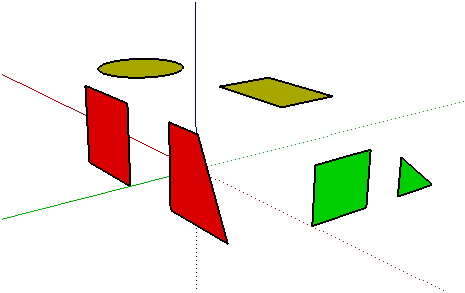GeoGebra Tutorial 23 – Spreadsheet, Barchart and Histogram
Note: Although this is the 23rd of the GeoGebra Tutorial Series, just like other GeoGebra tutorials, it is independent from others. This means that you can follow this tutorial step-by-step, without needing to learn the previous twenty two tutorials.
In this tutorial, we are going to use the spreadsheet to perform basic data representation. We will plot a frequency table of grouped data and perform basic computations using the spreadsheet window. After the data is completed, we will construct a histogram. » Read more
